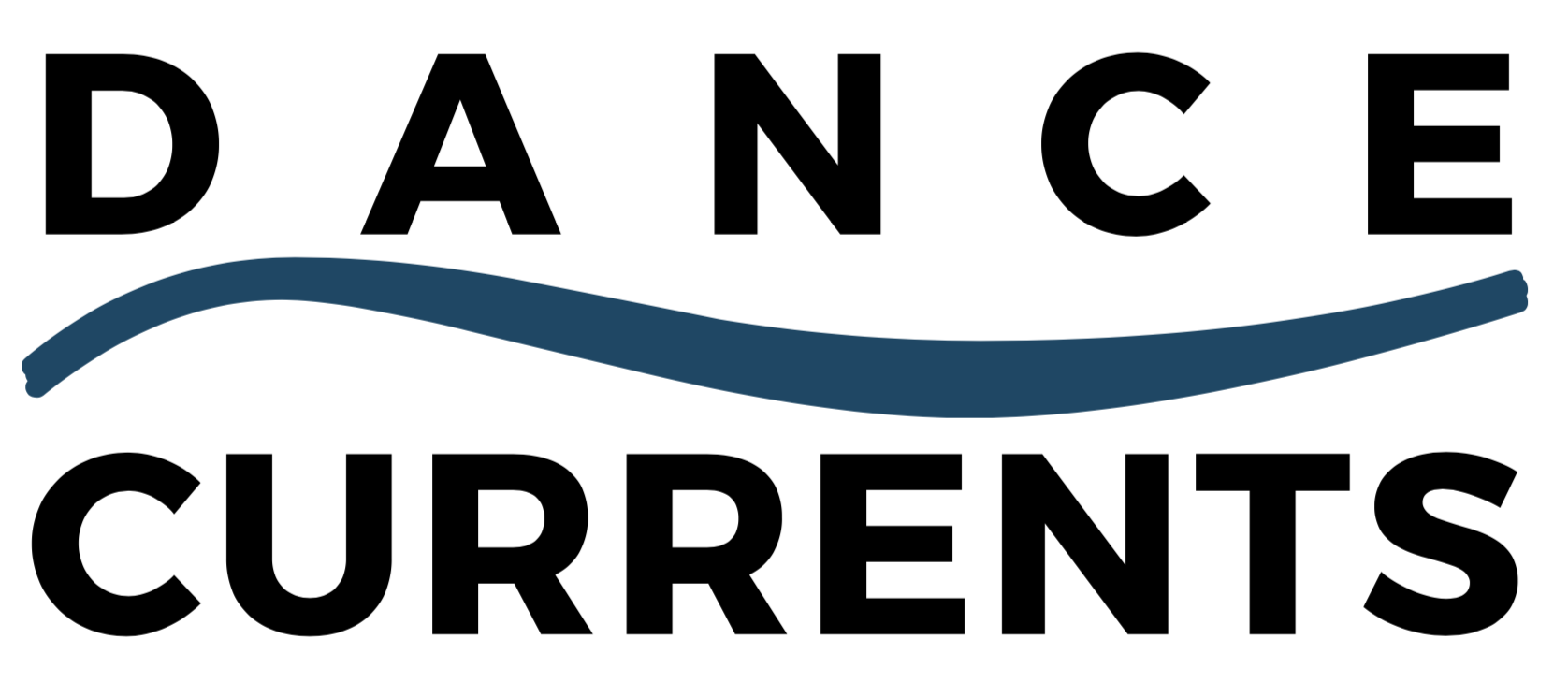 Atmosphere is an important part of The Pillow Project’s performances, which run for four hours or more on the adrenalin of youth. But that doesn’t mean that the audience will be there for the entire evening. Yet, it seems like Pittsburgh is getting used to a cool idea — come and leave whenever you like, converse with the artists, take photos with your cell…whatever.
Atmosphere is an important part of The Pillow Project’s performances, which run for four hours or more on the adrenalin of youth. But that doesn’t mean that the audience will be there for the entire evening. Yet, it seems like Pittsburgh is getting used to a cool idea — come and leave whenever you like, converse with the artists, take photos with your cell…whatever.
The latest Second Saturdays nighttime special last weekend had some stiff competition. Construction Junction was sponsoring the Steel City Big Pour, with 1,000 craft beer devotees overrunning the Point Breeze area. While there was a lack of parking space outside, artistic director Pearlann Porter and friends offered a new perspective on The Space Upstairs.
Bill Burke, hyper-cool 8-string Warr guitarist, and his trio of percussive friends, including Pillow drum master PJ Roduta, were planted dead center in the large open expanse, while the art and the dance were moved to the niches surrounding them. With a curvilinear slouch that comfortably wrapped around his instrument, Burke’s seemingly minimalist leanings — arpeggiated chords that radiated from his instrument, sometimes over a looping rhythmic motif — had an urban sophistication that blended in with this space.
Dare we call it a coffeehouse atmosphere, not today’s aromatic blend of latte, frappe, mocha and cappucchino, but the artsy old ancestors that brewed beatniks, poetry and perhaps some espresso.
At any rate, the audience was coolly patient — one almost expected snaps instead of claps — savoring Burke’s currents of music that gently played over the skin. It was easy to take in the photo displays, especially Derek Stoltz’ twisted light studies of the company dancers, or watch Alyssa Mayfield calmly climb a tall ladder and place white post-it notes over the a section of the wrap-around windows. (More on that later.)
It was called “Time Capture,” about memory and echoes of the past. While Burke used his loops, Porter used imitation, where one dancer copied another in ghostly profusion. But it remained for two solos to truly “capture” the theme.
In a nook that overlooked the main area of Construction Junction (another time capture in itself), Beth Ratas looked in a book, slowly turning the pages while a golden spiral of light unfolded on the pages. A second segment found the light on the floor, with Ratas producing whirlwind arms and turns and footsteps in a similar pattern. Although the movement vocabulary was taut and Ratas was extraordinarily focused, the piece seemed to drag in the second section.
Ratas looked in a book, slowly turning the pages while a golden spiral of light unfolded on the pages. A second segment found the light on the floor, with Ratas producing whirlwind arms and turns and footsteps in a similar pattern. Although the movement vocabulary was taut and Ratas was extraordinarily focused, the piece seemed to drag in the second section.
“Paper Memory,” on the other hand, had a stronger concept that didn’t carry over into the movement. Mayfield displayed a method to her seeming madness as projections of trees, grasses, clouds and even shadows of flipping pages began to roll over the post-it notes.
She seemed to be trapped by her memories, but her movement was also measured, even placed to fit the unfolding panorama. And when the post-it notes started to blow away, it provided a breath-taking moment as the memories were transferred onto Mayfield, who glowingly embraced them.
Cool.


Recent Comments